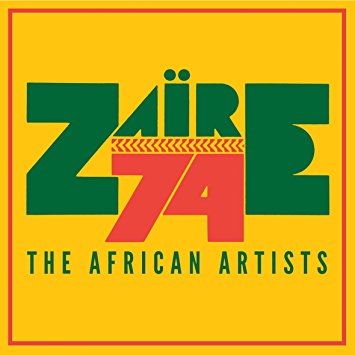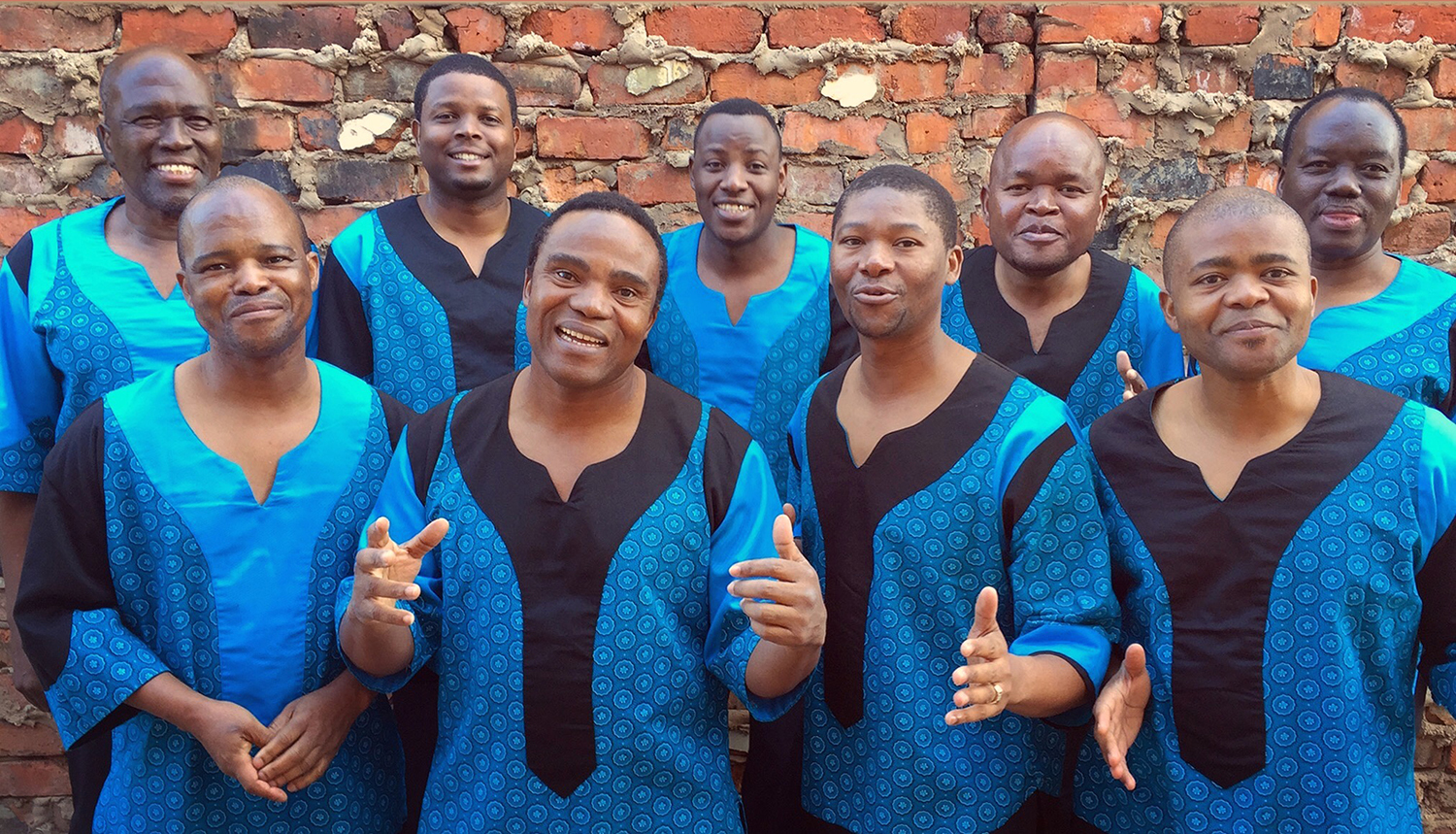Becoming a permanent resident of the United States (getting a “green card”) can be a time-consuming, drawn-out process. One reason is that Congress limits the number of immigrant visas that are available each year. When a visa number is not immediately available to you, your “priority date” determines when you may get your green card.
What is My Priority Date?
Your priority date is the date your green card process started. For family-based petitions, it is the date that the U.S. Citizenship & Immigration Services (USCIS) received the Form I-130, Petition for Alien Relative. For employment-based petitions, it is the date that the state agency received the application for alien labor certification or the date that the USCIS received the Form I-140, Immigrant Petition for Alien Worker (if no alien labor certification is required).
How Does the Priority Date Determine When I May Get My Green Card?
Before you can begin the final stage of the green card process, an immigrant visa number must be available to you. In other words, your priority date must be current.
Each month, the U.S. Department of State (DOS) issues a Visa Bulletin to show the movement of priority dates for each family category and employment category. If your priority date is “current” or is on or before the date listed in the Visa Bulletin, an immigrant visa number is available to you. Assuming you have an approved immigrant petition, you may file your Form I-485, Application to Register Permanent Residence or to Adjust Status (if you are in the U.S. and you are eligible for adjustment of status), or apply for an immigrant visa through consular processing at your U.S. embassy or consulate (if you are outside of the U.S.).
In some cases, the priority dates may retrogress (move backward). This means your priority date may be current in one month, but move back the following month. If the priority date retrogresses after you file your Form I-485 application or after you started consular processing, your application will be put on hold until the priority date becomes current again.
You should file your Form I-485 application or apply for consular processing while your priority date is current. If you wait, the priority date may later retrogress and you will have to wait until it becomes current again to begin the final stage of the green card process.
Why is My Visa Category Important?
Immediate Relatives Category
Luckily, for immediate relatives of U.S. citizens, there is no annual limit. Immigrant visa numbers are always available to them. Immediate relatives include:
- The spouse or minor child of a U.S. citizen.
- Parent of a U.S. citizen who is age 21 or over.
- Step-parent or step-child of a U.S. citizen (if the step-parent, step-child relationship began before the child’s 18th birthday).
- The spouse of a deceased U.S. citizen (if the spouse was married to the deceased U.S. citizen for at least two years and the application for permanent residence was filed within two years of the death of the U.S. citizen).
Other Relatives and Employment Categories
Most green cards, however, have an annual numerical limit based on your country of birth and the family/employment category through which you are applying for permanent residence.
Immigrant visa numbers might be unavailable for family members who are not immediate relatives and for employment-based categories. Even if the USCIS approves the immigrant petition, you might still have to wait several years before you can apply for permanent residence.
Section 203 of the Immigration & Nationality Act (INA) allocates a set number of immigrant visas to each family-based and employment-based categories.
Family-Sponsored Preferences
- First: Unmarried Sons and Daughters of Citizens: 23,400 plus any numbers not required for fourth preference.
- Second: Spouses and Children, and Unmarried Sons and Daughters of Permanent Residents: 114,200, plus the number (if any) by which the worldwide family preference level exceeds 226,000, and any unused first preference numbers:
- Spouses and Children: 77% of the overall second preference limitation, of which 75% are exempt from the per-country limit;
- Unmarried Sons and Daughters (21 years of age or older): 23% of the overall second preference limitation.
Third: Married Sons and Daughters of Citizens: 23,400, plus any numbers not required by first and second preferences.
Fourth: Brothers and Sisters of Adult Citizens: 65,000, plus any numbers not required by first three preferences.
Employment-Based Preferences
First: Priority Workers: 28.6% of the worldwide employment-based preference level, plus any numbers not required for fourth and fifth preferences.
Second: Members of the Professions Holding Advanced Degrees or Persons of Exceptional Ability: 28.6% of the worldwide employment-based preference level, plus any numbers not required by first preference.
Third: Skilled Workers, Professionals, and Other Workers: 28.6% of the worldwide level, plus any numbers not required by first and second preferences, not more than 10,000 of which to “Other Workers”.
Schedule A Workers: Employment First, Second, and Third preference Schedule A applicants are entitled to up to 50,000 “recaptured” numbers.
Fourth: Certain Special Immigrants: 7.1% of the worldwide level.
Fifth: Employment Creation: 7.1% of the worldwide level, not less than 3,000 of which reserved for investors in a targeted rural or high-unemployment area, and 3,000 set aside for investors in regional centers.
How Do I Find Out Whether An Immigrant Visa Number is Available to Me?
You may check out the monthly Visa Bulletin on the U.S. Department of State’s website, available at: . You may also call the DOS at (202) 663-1541 (recorded message).
The DOS updates the Visa Bulletin and the telephone system around the 15th day of each month.
Nothing in this article should be taken as legal advice for an individual case or situation. The information is intended to be general and should not be relied upon for any specific situation. For legal advice, consult an attorney experienced in immigration law.
-
Igbanugo Partners Int'l Law Firm is based in Minneapolis, Minnesota. It focuses on (1) U.S. immigration law and (2) international trade law in Sub-Saharan Africa.
View all posts
Igbanugo Partners Int'l Law Firm is based in Minneapolis, Minnesota. It focuses on (1) U.S. immigration law and (2) international trade law in Sub-Saharan Africa.




 (No Ratings Yet)
(No Ratings Yet)
